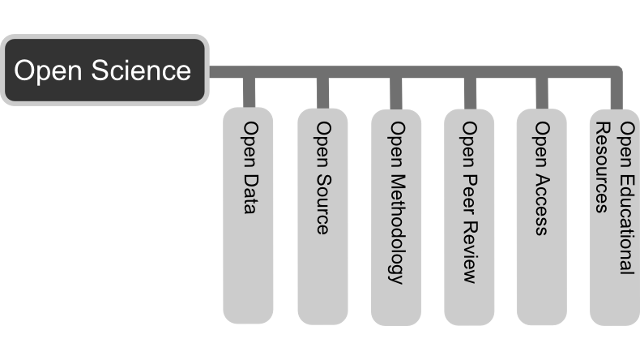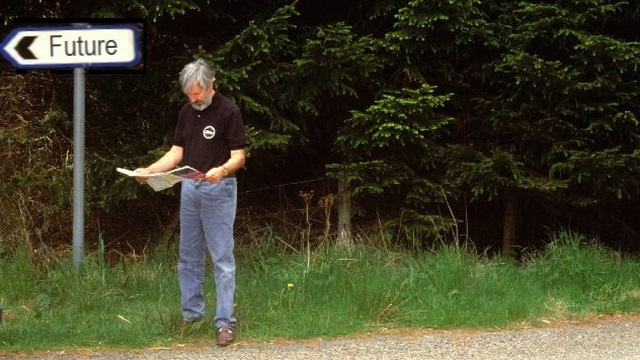
COVID-19 pandemic demonstrates both strength and weakness of science funding models
In an article in Future, Patrick Collison1, Tyler Cowen2, and Patrick Hsu3 discuss their “Fast Grants” initiative, and what they learnt from it.
The institutional response to the COVID-19 outbreak in the United States had been slow, which meant that funding for vital research wasn’t available. Collison, Cowen, and Hsu write that:
As the first U.S. lockdowns commenced in March last year, we reached out to various top scientists, and were surprised to learn that funding for COVID-19 related science was not readily available. We expected the U.S.’s immense government funding systems to be unleashed, with decisions made in days if not in hours. This is what happened during World War II, which killed fewer Americans.
Instead, we found that scientists – among them the world’s leading virologists and coronavirus researchers – were stuck on hold, waiting for decisions about whether they could repurpose their existing funding for this exponentially growing catastrophe … And so, in early April, we decided to start Fast Grants, which we hoped could be one of the faster sources of emergency science funding during the pandemic.
The program was assembled under the auspices of the Mercatus Center at George Mason University, and launched around 10 days after conception. To help identify the most immediately deserving recipients, criteria were quite stringent, with eligibility restricted to principal investigators who were already working on COVID-19-related research.
Given these criteria, only a few hundred applications at most were expected. However, within a week, 4,000 serious applications had been received, with virtually no spam. Within a few days, the distribution of millions of dollars of grants commenced, and, over the course of 2020, over $50 million was raised and more than 260 grants awarded. The grants have supported a range of noteworthy work, and more than 356 papers on Google Scholar so far credit Fast Grants. This includes a number of highly cited papers.
What surprised?
Collison, Cowen, and Hsu report that they were surprised that:
- So many donors were willing to support a completely unproven project.
- Relatively few organizations contributed to Fast Grants, with individuals seemingly much more willing to take the “risk.”
- The quality of the applications was very high.
- A large fraction of the grants went to people at top twenty institutions, with major recipient institutions including Berkeley, Stanford, MIT, and UCSF.
- Many first rate researchers said that they would have been unable to pursue their COVID-related work without the Fast Grants support.
- University institutional review boards (IRBs) and similar internal administrative bodies were consistently slow to approve trials even during the pandemic, continuing with something close to “business as usual” rather than switching to emergency pandemic mode.
- Some obviously worthy research entities were left undersupported by government.
- Fairly obvious research opportunities were not pursued by incumbent institutions, with this lack of empowerment touching upon broader challenges of institutional judgment and institutional courage that have been consistent features during the pandemic.
- On the positive side, there was considerable speed and success in vaccine development.
What was learnt about science funding models?
Collison, Cowen, and Hsu advise that the learnings from the Fast Grants initiative include:
- The pandemic demonstrates both the strength and weakness of current science funding models.
- The strength is that as a society, we have great commitment to funding science, and our public bodies support a rich ecosystem of fantastic researchers.
- However, the weakness is that this support for science exists in a monocultural and generally conservative form, with funding body application and approval processes being long, complex, and restrictive. It is difficult for these funding bodies, for example the U.S. National Institutes of Health (NIH), to adapt as circumstances change.
- Even if NIH-like models are the best system for funding much of the scientific establishment, why should they be so dominant? Wouldn’t a diversity of approaches and mechanisms be preferable? Isn’t experimentation the very essence of science? The Fast Grants initiative shows that alternative models of science funding can work.
- The current grant funding apparatus does not allow some of the best scientists in the world to pursue the research agendas that they themselves think are best. Scientists are in the paradoxical position of being considered the very best people to fund in order to make important discoveries, but not so trustworthy that they should be able to decide what work would actually make the most sense.
- Conservatism is not the preference of the scientists themselves. We’ve inadvertently built a system that clips the wings of the world’s smartest researchers, and this is a long-term mistake.
Article source: Future.
Header image source: IAEA Imagebank on Flickr, CC BY 2.0.
Notes:
- Patrick Collison is chief executive officer and co-founder of Stripe, a technology company that builds economic infrastructure for the internet. ↩
- Tyler Cowen is Professor of Economics at George Mason University, Faculty Director of the Mercatus Center, and Director of Fast Grants. ↩
- Patrick Hsu is an assistant professor of bioengineering at the University of California, Berkeley and a pioneer of CRISPR technologies for human genome editing. ↩
Also published on Medium.






